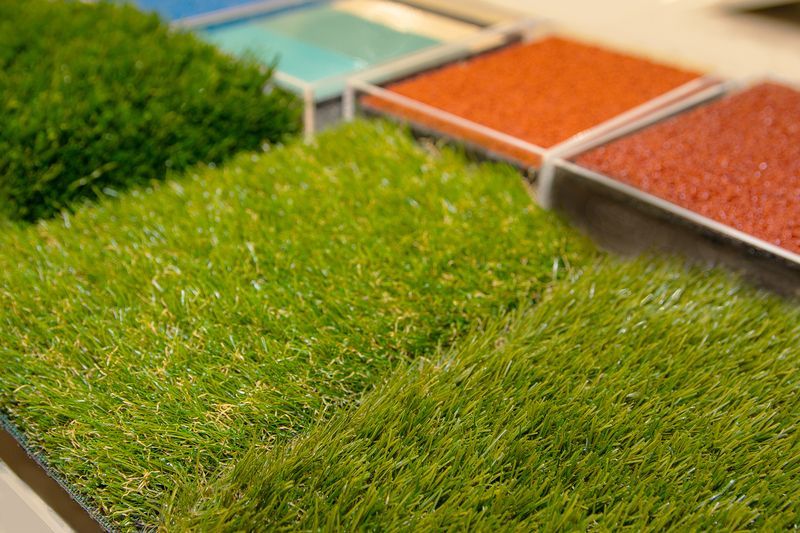Seasonal Lawn Care Tips for California Homeowners
California’s diverse climate zones—from the coastal regions to the inland valleys—offer a uniquely challenging environment for lawn maintenance. High heat, arid conditions, and occasional temperature swings can stress grass if not properly cared for throughout the year. By tailoring your lawn care routine to each season, you can keep your outdoor space vibrant, healthy, and a true highlight of your home.
The Importance of Tailored Lawn Care
When it comes to maintaining a lush landscape in California, one size rarely fits all. Different regions of the state experience varying levels of rainfall, frost, and temperature extremes. Approximately half of all the water used in a typical home is dedicated to outdoor landscaping. This underscores the importance of adjusting your lawn care strategies to seasonal conditions. By doing so, you’ll not only keep your turf green but also make efficient use of water resources and minimize environmental impact.
Additionally, because your lawn serves as the foundation for any outdoor aesthetic, a well-maintained lawn can improve the appearance of your entire landscape. This is particularly beneficial if you have custom design features or renovations around your property. A balanced approach—incorporating fertilization, mowing, irrigation, and pest control—will ensure that your lawn remains a rich canvas for all your outdoor living endeavors.
Spring: Reviving Your Lawn After Winter
Spring in California is a season for revitalizing your lawn after the cooler winter months. As temperatures become milder, grass begins to exit its dormant phase and shows signs of new growth. A light raking helps clear away winter debris, allowing sunlight and air to reach the soil. Applying a slow-release fertilizer rich in nitrogen can accelerate healthy blade production, but remember to water thoroughly afterward to prevent root burn.
Calibrating your watering schedule is crucial this time of year. Over-irrigation in early spring can lead to runoff and root rot, especially in areas of California that receive enough seasonal rainfall. Aim for two or three watering sessions a week, adjusting based on your microclimate. Mowing should also resume once the grass hits a suitable height—typically around three inches—ensuring that you only trim the top third of the blade to avoid stressing the plant.
Summer: Surviving the Heat
California summers can be intense, especially in inland and desert regions. The key to healthy summer grass is proper watering and mulching. Around 30% of the water used daily in the U.S. is allocated for outdoor use, indicating the importance of strategic irrigation in regions like California. A deep watering approach helps roots grow downward, improving drought tolerance.
Adjust your mower height to leave grass blades slightly longer during summer, which helps shade roots and retain soil moisture. You might consider leaving grass clippings on the lawn for natural mulching, returning nutrients to the soil. If your area faces water restrictions, prioritize morning or late-evening watering sessions to minimize evaporation.
Fall: Preparing for Cooler Months
Fall provides an opportunity for crucial soil conditioning, particularly if you notice areas that suffered stress over the summer. Soil aeration is often beneficial in regions where the ground tends to compact over time. By opening the soil and allowing oxygen and water to penetrate more easily, aeration can rejuvenate your grass’s root structure.
In many parts of California, autumn still offers mild temperatures, making it a suitable period for fertilization. Look for a balanced fertilizer that encourages root development, helping the lawn stay healthy as it transitions into winter. This is also an optimal time to de-thatch if you’ve noticed a thick layer of organic debris resting on top of the soil. Thatch, if left unchecked, can inhibit water penetration and foster fungal growth.
Winter: Maintaining Dormant Lawns
Although many grass varieties slow their growth or become dormant in cooler temperatures, maintaining a light care regimen through winter can help prevent bigger issues once spring arrives. If your region receives regular winter rainfall, additional watering might be unnecessary. However, warmer inland areas might still face occasional dry spells, requiring intermittent irrigation to prevent root desiccation.
Monitor for weeds that thrive in cooler conditions. Spot-treating them keeps the problem from compounding by the time spring arrives. When mowing, do so sparingly, as grass growth will be minimal. You can maintain a slightly higher blade height to protect delicate roots from potential cold snaps.
Aligning Lawn Care with Outdoor Renovation Goals
A healthy lawn is often the backdrop for larger outdoor renovation projects and custom design solutions. Whether you’re enhancing your yard with new garden beds, water features, or extended patio areas, proper lawn care sets the stage for cohesive landscaping. By investing in consistent maintenance throughout the year, you’ll integrate new features more naturally and keep your outdoor space unified around a lush turf.
Here at California Exteriors, we pride ourselves on offering comprehensive landscaping and outdoor renovations that complement a well-maintained lawn. From crafting bespoke solutions that amplify your yard’s features to fine-tuning aesthetic details, our projects stem from an appreciation of vibrant, healthy greenery.
Ready to Transform Your Lawn?
A seasonally adapted lawn care schedule is an investment in your home’s beauty and long-term value. Ensuring your grass remains robust throughout the shifting California seasons provides the foundation for any future outdoor upgrades. For personalized guidance on caring for your lawn or to discover more about our outdoor renovation offerings,
contact us today. Our team at California Exteriors is here to help you achieve a thriving lawn and a truly remarkable outdoor living space, no matter the season.














